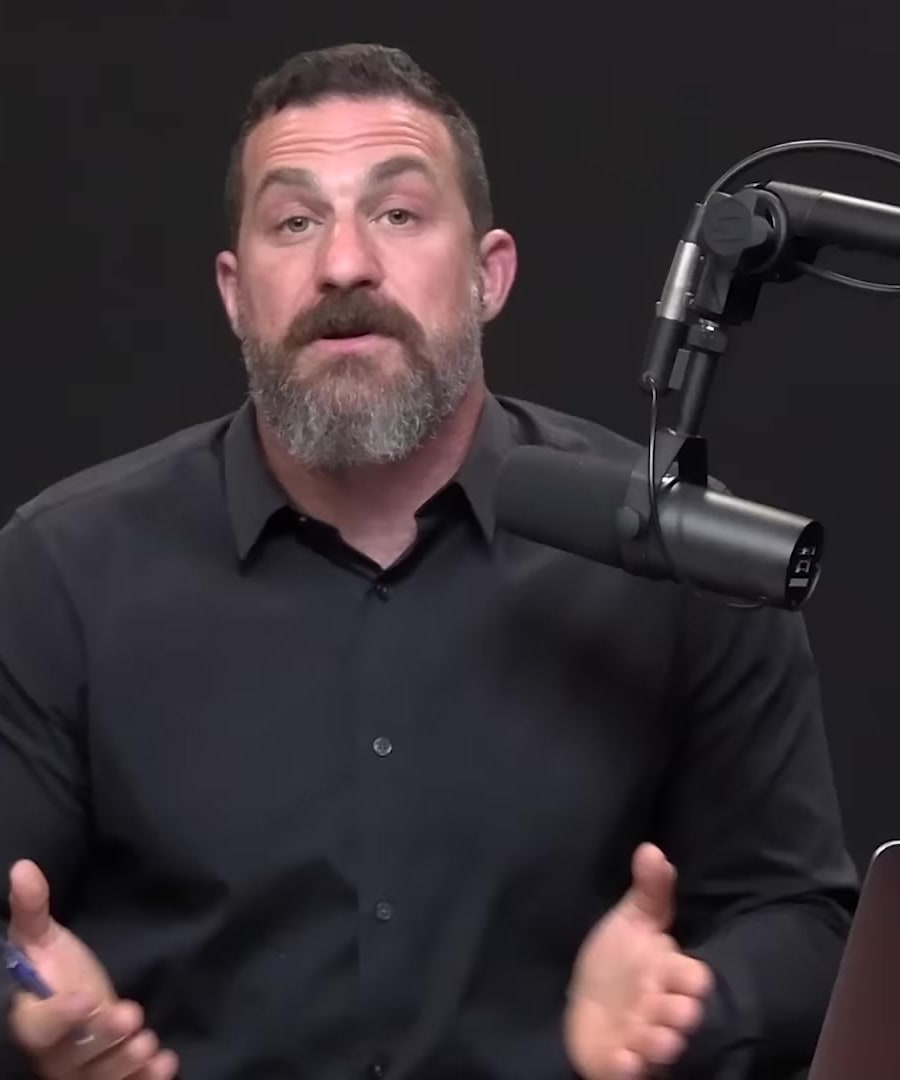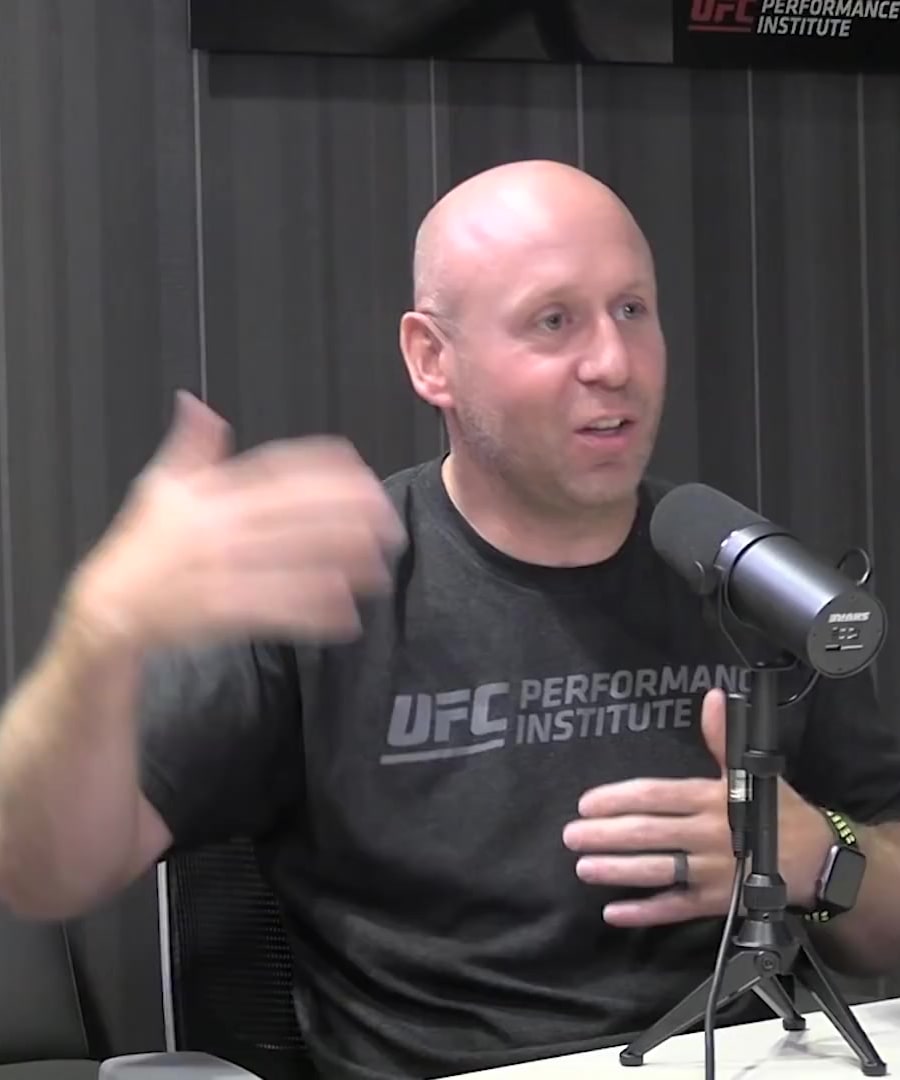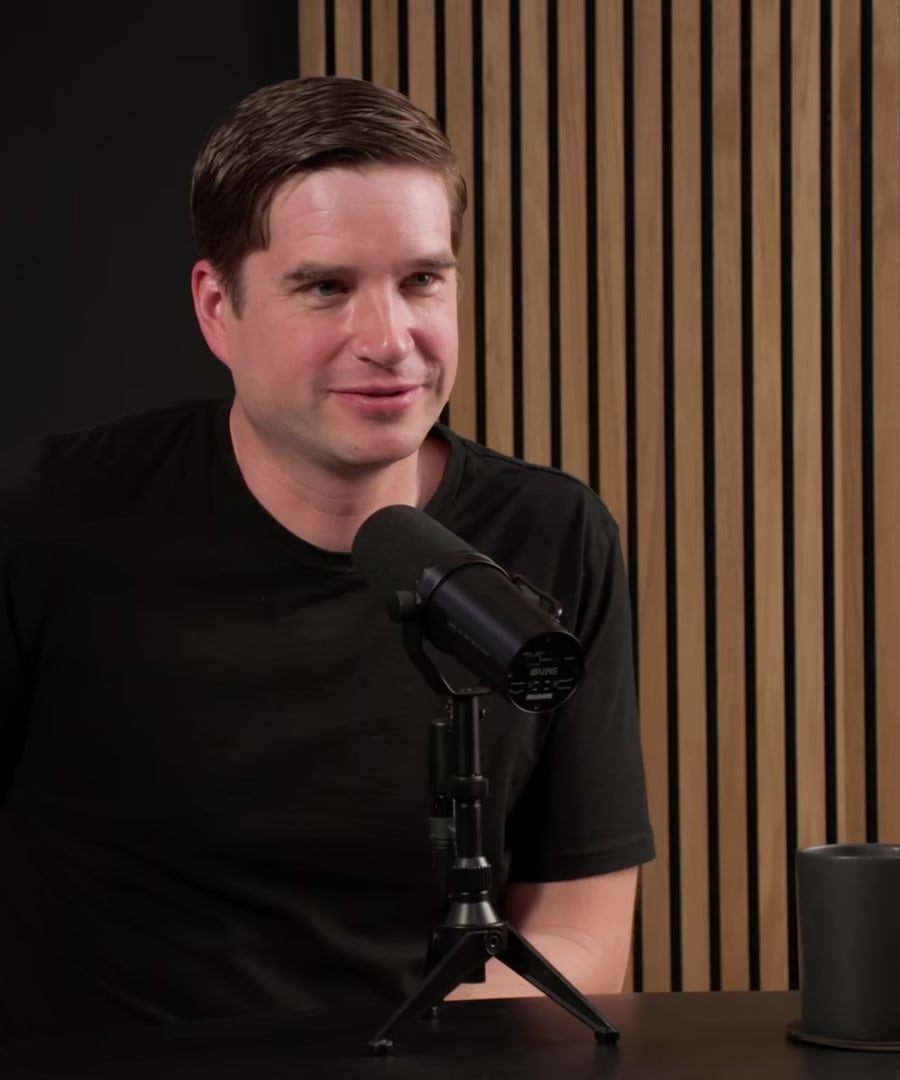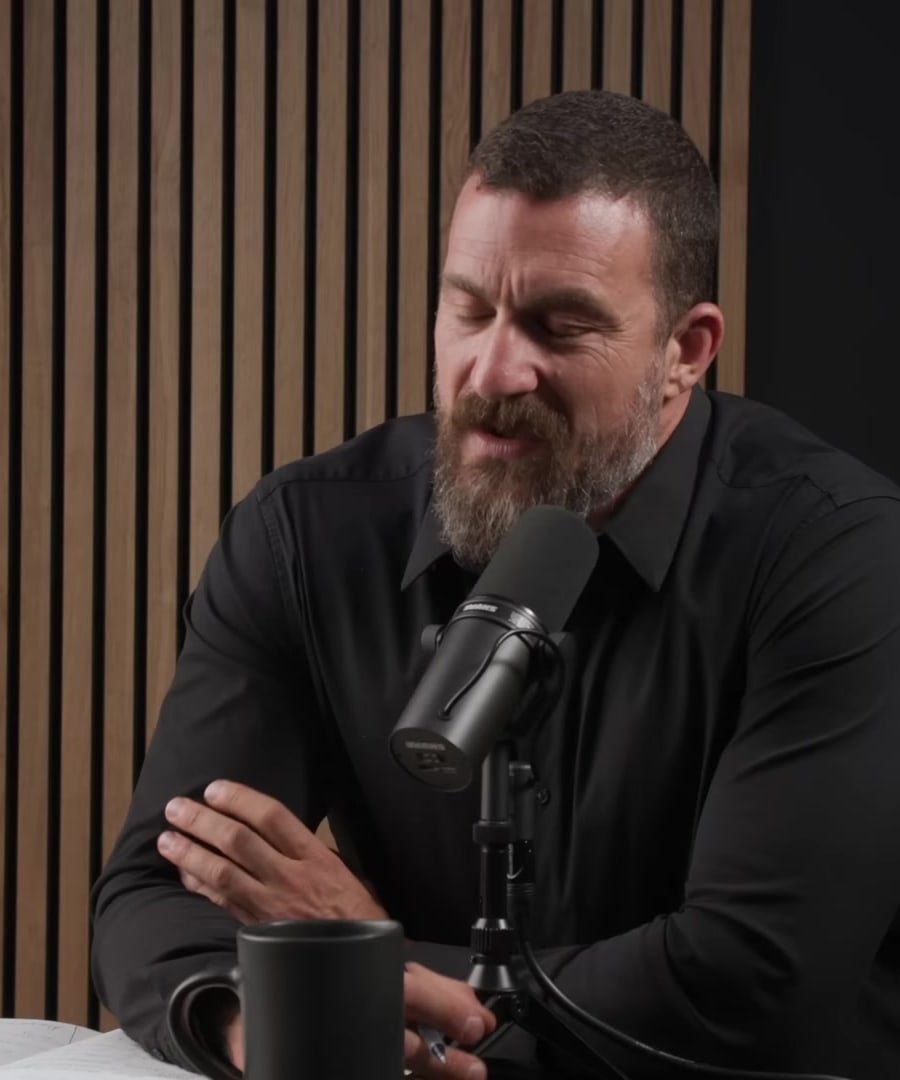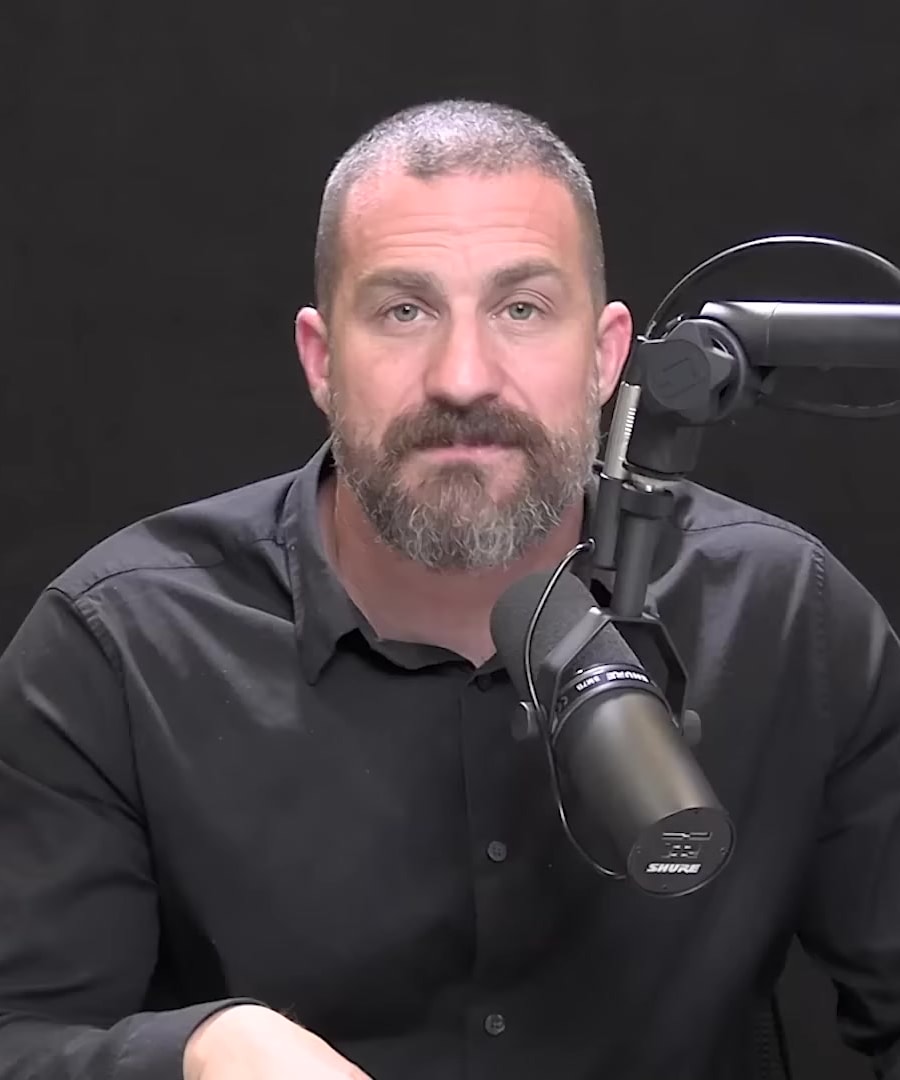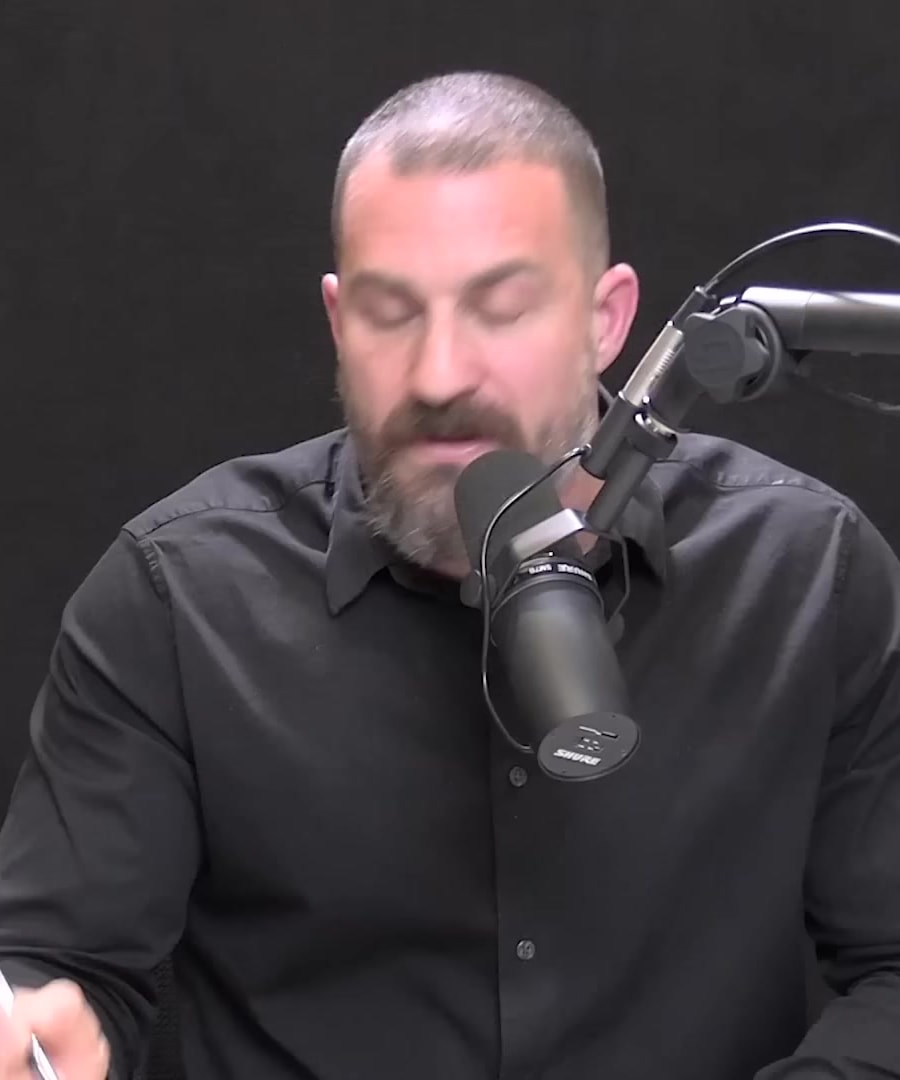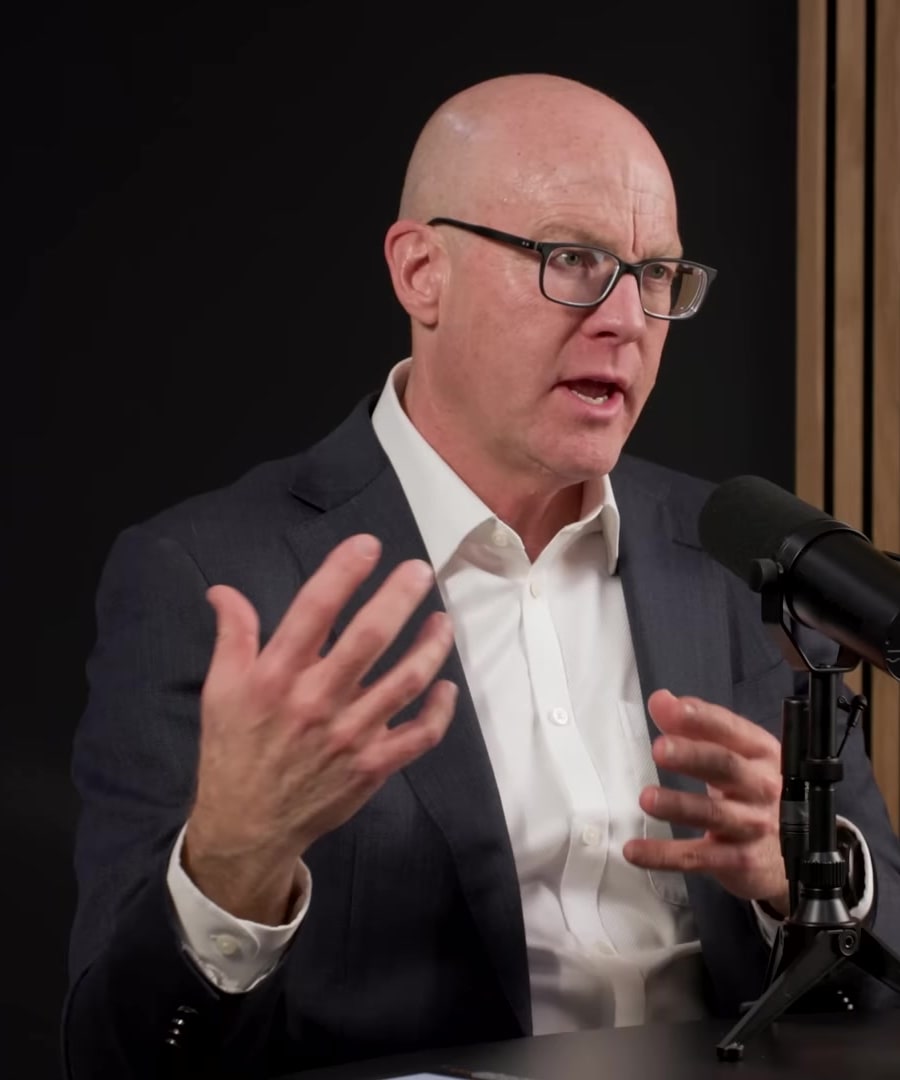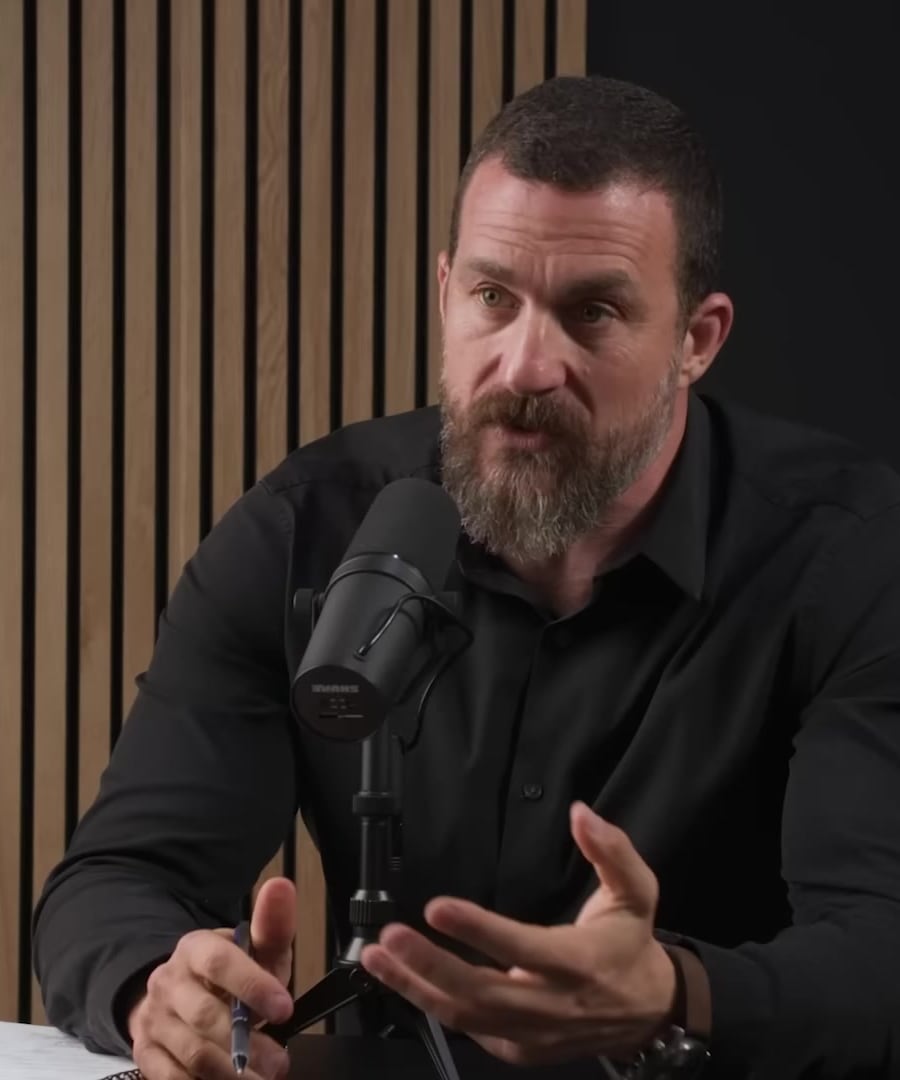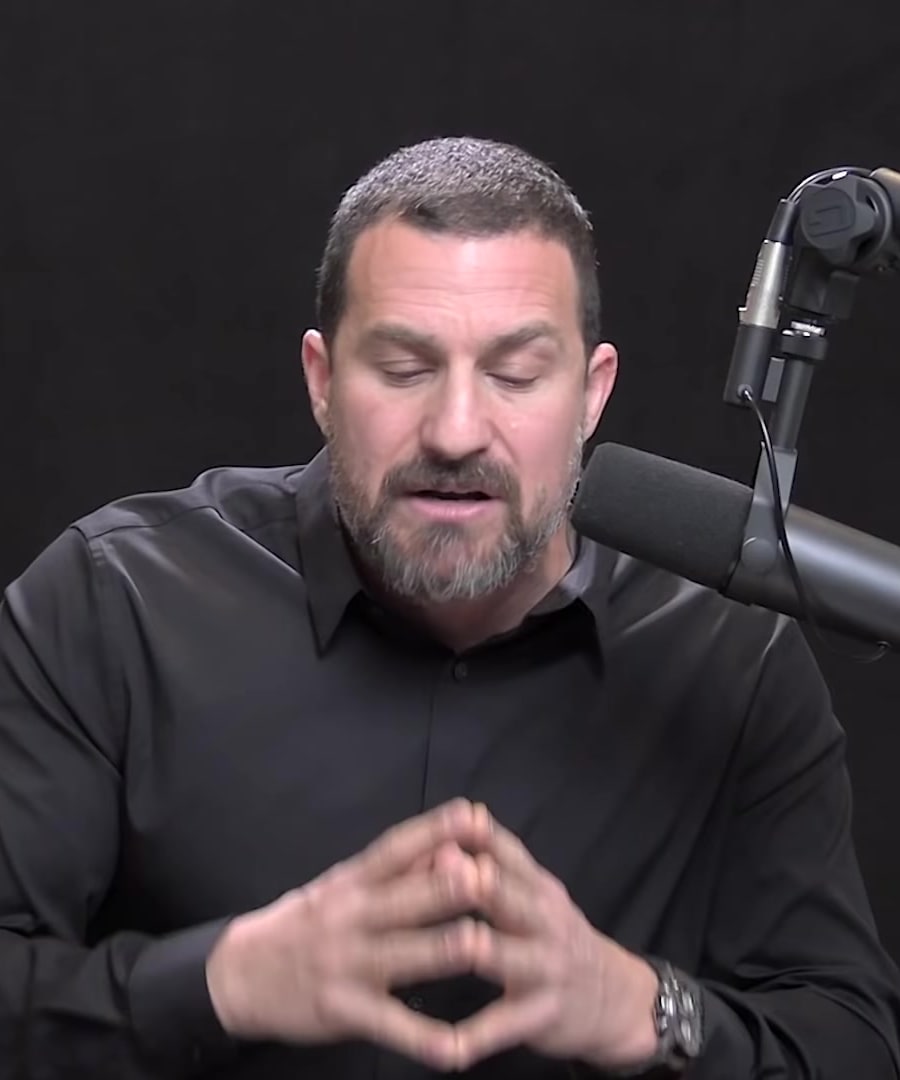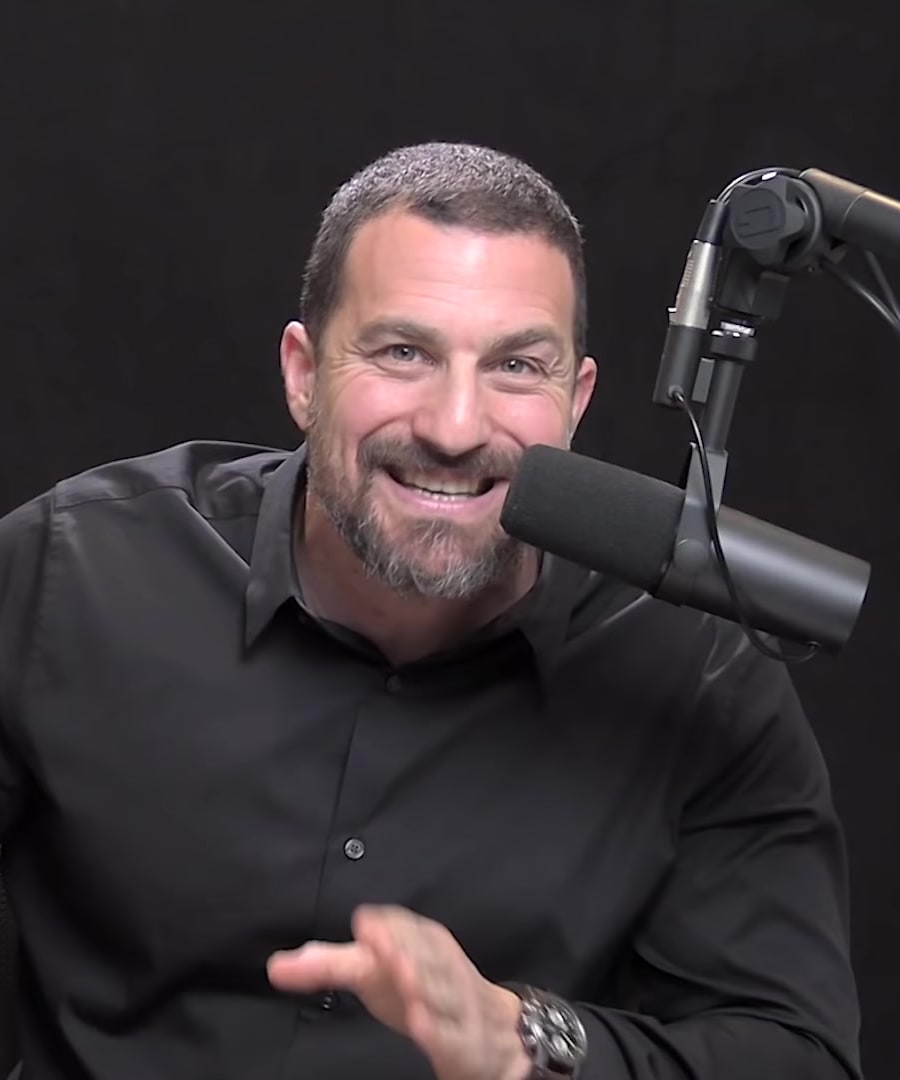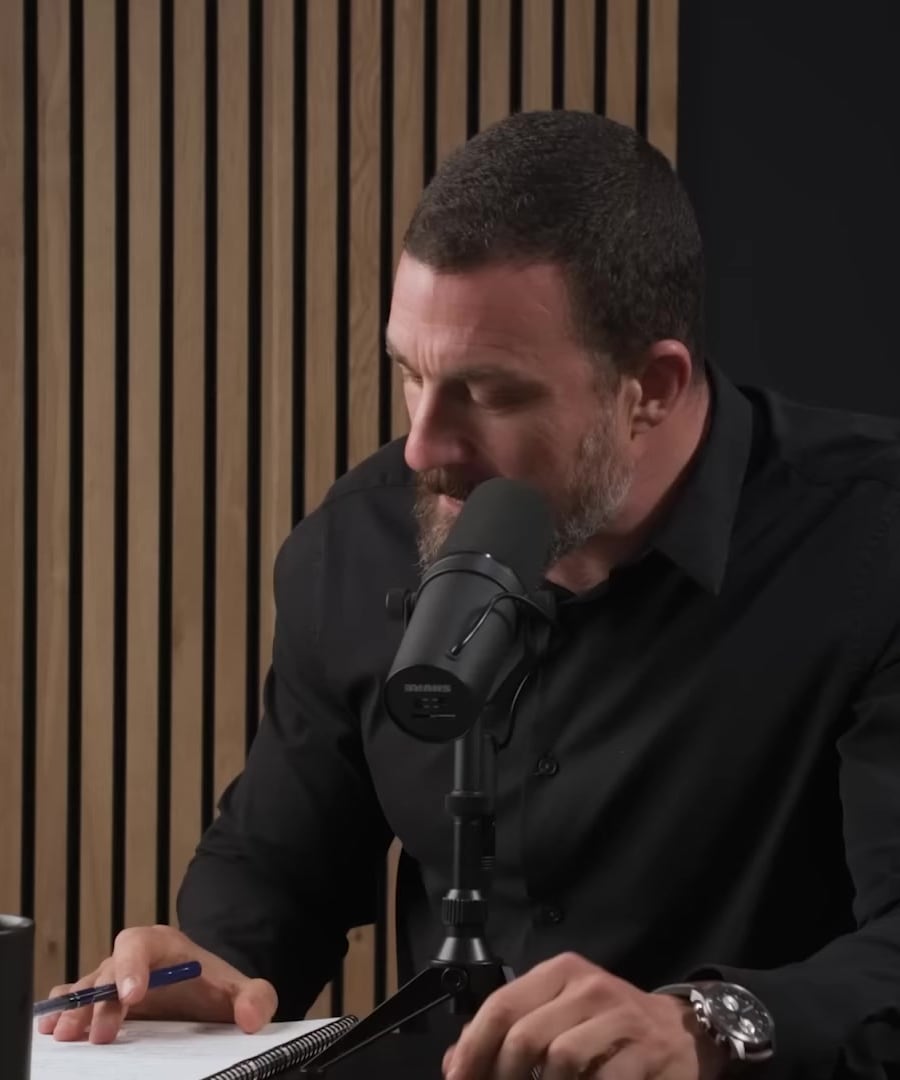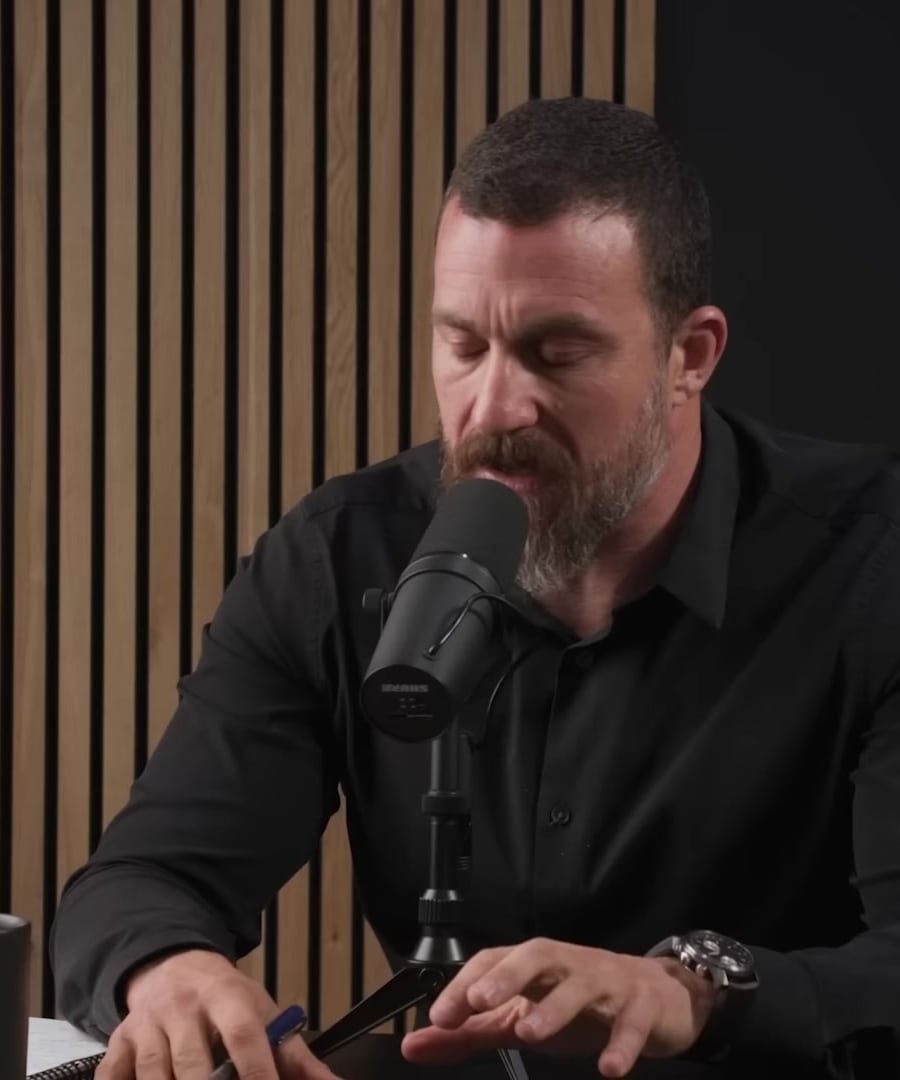Protocols for recovering from exhaustion or burnout stress
Sources:
For recovery from exhaustion or burnout stress, recommends utilizing down-regulation breathing techniques. These can be especially helpful after intense physical or mental exertion. He suggests doing three to five minutes of breathing that emphasizes exhales to quickly induce a calm state and to facilitate recovery and adaptation. This could involve slow deliberate breathing, physiological sighs (double inhale through the nose followed by a long exhale through the mouth), or simply focusing on making your exhales longer and more vigorous than your inhales. This type of focused breathing should not be confused with more active breath work methods and should be done in an environment conducive to relaxation, such as sitting still in a vehicle, to smoothly transition from a state of stress to one of recovery 1.
RELATED QUESTIONSHow to recover from burnout
Sources:
Recovering from burnout involves several actionable steps and strategies. along with guests on the , have discussed different concepts related to recovery. Here are some key strategies that have been recommended:
-
Creating Systems for Smoother Reentry: Before taking time off, establish systems in place to handle demands that may arise during your absence. This preparation can help reduce stress upon your return, allowing for a smoother transition back into work and daily routines 1.
-
Mental Resilience and Embracing Change: Understand and appreciate the mental aspect of recovery and resilience. Having the ability to switch between high intensity and calm states allows you to recover more effectively, without burning out your system 2.
-
Wholehearted Engagement: Overcoming burnout may involve engaging wholeheartedly in activities that are meaningful to you. Rather than simply enduring tasks, find ways to be present and invested in what you're doing 3.
-
Stress Management Strategies: Incorporate daily stress management techniques, such as meditation, breathing exercises, or hobbies that promote relaxation. Even a short, dedicated period for stress management can have significant benefits 4.
-
Nutrition and Supplementation: Pay attention to recovery nutrition, which includes maintaining or slightly increasing calorie intake, especially when activity levels might be lower due to burnout. Ensure adequate protein intake to support recovery processes 5.
Remember that recovery from burnout is a personal process, and it can be beneficial to select stress management techniques that resonate with you and fit well into your lifestyle. Consulting with a healthcare professional for personalized advice can also be helpful.
RELATED QUESTIONS-
How to overcome exhaustion
To overcome exhaustion, it's important to address the underlying factors contributing to the feeling of extreme fatigue. Although there isn't direct data from the related to overcoming exhaustion, general advice often includes:
-
Adequate Sleep: Ensure you are getting sufficient and quality sleep, as sleep is crucial for recovery and energy restoration.
-
Nutrition: Eat a balanced diet rich in nutrients that support energy production and overall health.
-
Hydration: Drink enough water, as dehydration can contribute to feelings of fatigue.
-
Stress Management: Incorporate stress-reduction techniques, such as deep breathing, meditation, or light exercise.
-
Physical Activity: Regular exercise can help increase energy levels and improve sleep quality.
-
Rest and Recovery: Take short breaks throughout the day to recharge and avoid prolonged periods of intense work without rest.
-
Medical Advice: If the exhaustion persists, seek advice from a healthcare professional to identify any potential health issues.
Implementing these strategies might help alleviate exhaustion, but it is also crucial to consider individual differences in lifestyle, health status, and environmental factors.
RELATED QUESTIONS-
What are stress management techniques post trauma
Sources:
Managing stress post-trauma can be complex and often involves both psychological and physiological approaches. According to , one key aspect of dealing with trauma is to gradually desensitize oneself from the traumatic experience, transforming it from overwhelming to a sad but manageable memory. This process often involves facing and understanding the trauma more clearly, sometimes with the help of a skilled clinician 1.
Lifestyle interventions are also important in managing stress and trauma. Quality nutrition, regular quality sleep, and social connections are foundational to mental and physical health. These factors support the overall function of fear circuitry and the autonomic nervous system, providing indirect support for trauma relief and resilience against stress 2.
For children and adults who have experienced trauma, it can inhibit play behavior and limit neuroplasticity. However, trauma therapies and engagement in adult play can reactivate circuits that were inhibited by trauma, enabling a return to neuroplasticity and a state of healing 3.
Furthermore, early life events and their impact on emotional processing and coping can influence how an individual handles stress and trauma later on. Pain psychologists and behavioral therapists use techniques like cognitive behavioral therapy (CBT), mindfulness-based stress reduction (MBSR), and acceptance and commitment therapy (ACT) to address maladaptive thought processes and teach skills to manage pain and stress, which can be beneficial after trauma 4.
Dr. shares his own personal coping strategies for trauma, such as engaging in yoga nidra for calming the mind and nerves, as well as facing the trauma the following day through activities related to the traumatic event to help purge the trauma from his memory 5 6.
Implementing these stress management strategies post-trauma should ideally be done under the guidance of healthcare professionals or certified therapists who specialize in trauma recovery.
RELATED QUESTIONSWhat are the two types of stress
Sources:
Stress can be categorized into two main types: psychological stress and physical stress. Both trigger the physiological stress response, but they originate from different types of stressors.
-
Psychological Stress: This relates to perceived threats, challenges, or fears in one's environment, such as work deadlines, public speaking, or personal conflicts. It can induce a range of emotional and physiological responses, depending on how one perceives the stressor—either as a threat or a challenge. Such perceptions greatly influence how the body reacts, with a threat response potentially leading to higher cortisol levels and vasoconstriction, whereas a challenge response can produce a healthier hemodynamic reaction with improved problem-solving and cognition 1.
-
Physical Stress: In contrast, physical stress refers to the bodily strain from environmental factors like cold temperatures, exhausting physical labor, or injury. Like psychological stress, it triggers the sympathetic nervous system, activating the body to cope with the demand. For instance, physical stress from an infection causes the release of adrenaline, which mobilizes the immune system to combat the infection 2.
Both types of stress affect short-term bodily functions, and while long-term stress can lead to negative health consequences, short-term stress can have positive effects such as enhancing immunity and cognitive sharpness 3. Dr. discusses this distinction, explaining that while chronic stress can worsen conditions like Alzheimer's and addiction, acute stress can prime the immune system against infection and improve cognitive focus 3. Understanding these types and their implications is crucial for stress management, as the framing of a stressor can shift one's physiological response from detrimental to potentially beneficial 4 5.
RELATED QUESTIONS-
How to use CBD to calm your body
Sources:
CBD, which acts similarly to the non-psychoactive elements of cannabis, may help calm the body by engaging the CB1 receptors, largely found throughout the brain and body. When these receptors are activated, they can influence various neurological pathways and modulate systems that are responsible for evaluating internal states, such as heart rate, and external threats. This modulation can have a calming effect, potentially by decreasing the activation of circuits like the amygdala, which is involved in threat detection and stress responses.
Moreover, choosing the right type of cannabis extract, such as an indica variety if one seeks sedative effects, may enhance relaxation, particularly when used in appropriate dosages and contexts. It's important to note that the effects of CBD and cannabis can vary from person to person, so starting with low dosages and gradually adjusting as needed is often recommended. As always, individuals should consult healthcare experts before beginning any new regimen, especially since individual reactions to cannabinoids can differ significantly 1.
For specifics on starting doses and usage methods, it would be best to consult further data from or appropriate professional guidance.
RELATED QUESTIONS
Protocols for recovering from exhaustion or burnout stress
- RELATED QUESTIONS
How to recover from burnout
- RELATED QUESTIONS
How to overcome exhaustion
- RELATED QUESTIONS
What are stress management techniques post trauma
- RELATED QUESTIONS
What are the two types of stress
- RELATED QUESTIONS
How to use CBD to calm your body
- RELATED QUESTIONS
